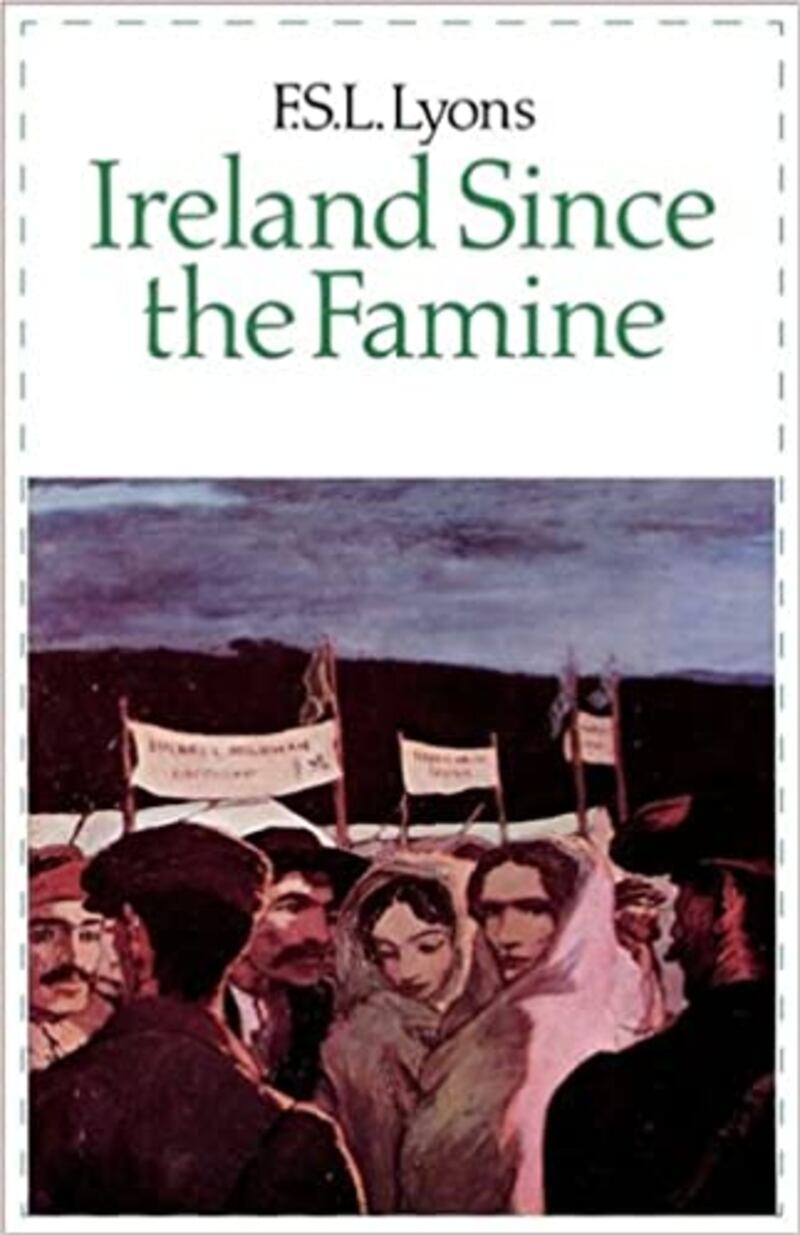This great work came as a breath of fresh air to the young, immature Leaving Cert history student I was in the early 1970s. There was scarcely time to do more than dip into it while at school but it became a bible for the Irish history courses when I went to university.
In his preface, FSL Lyons lamented that trying to write a synthesis of modern Irish history since the Famine was a bit like being “condemned to make bricks without straw”, and went on to explain: “For although a work of synthesis is long overdue, it is not until one settles in earnest to the job of trying to provide it that one realises how much specialist study needs to be undertaken.”
He observed that most of the work undertaken up to that point had been done in political history and, while he acknowledged that it was a major theme, he regretted that economic, social, administrative, constitutional and cultural themes had been seriously neglected.

In this monumental work, he sought to make up for some of that neglect, and he succeeded admirably. Roy Foster maintained the book “decisively established him as the foremost Irish historian of his generation”. To Oliver MacDonagh, it was “an incomparable survey of Irish history and historiography … comprehensive in its sympathy, just in judgements, unwearyingly wise, and often witty”. Terence de Vere White ended his review in this paper with the striking line: “Anyone who gives a damn about the country will have this book on their shelves tomorrow.”
It was not just the breadth of the research and scholarship that was noteworthy but also the lucid and superb style of the writing. To quote just one illustrative example, here is Lyons on the psychological consequence of Irish neutrality during the second World War: “It was as if an entire people had been condemned to live in Plato’s cave, with their backs to the fire of life and deriving their only knowledge of what went on outside from the flickering shadows thrown on the wall before their eyes by the men and women who passed to and fro behind them. When after six years they emerged, dazzled, from the cave into the light of day, it was to a new and vastly different world.”



















